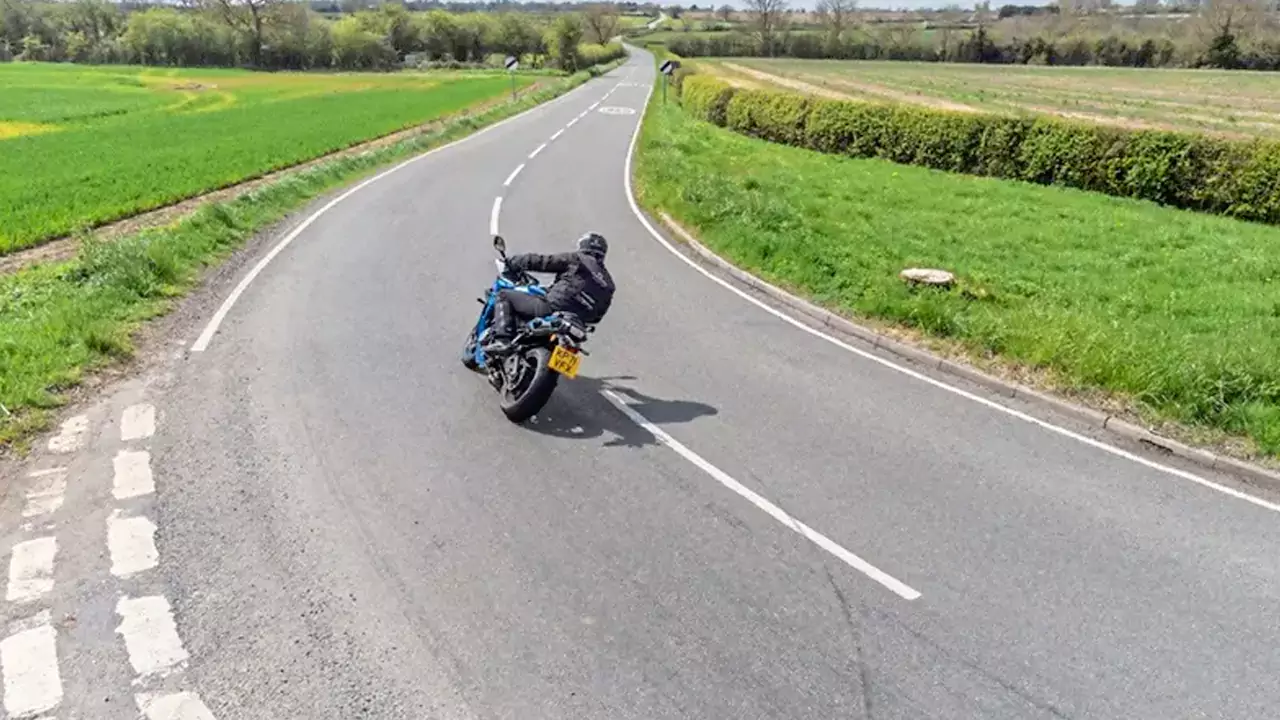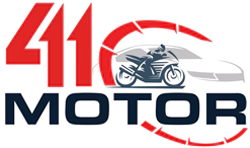And That’s How We Corner a Motorcycle!

Roughly 25% of all motorcycle accidents happen due to a lack of proper cornering knowledge. That’s a huge percentage. So today, we’re going to break down how to turn or how to corner on a motorcycle. How do we need to ride a motorcycle around a bend with the least amount of risk? Hang on! There’s no secret technique.
Master Your Vision
The hardest thing for most of us to master is vision. The only way to successfully ride a motorcycle is to teach ourselves to look and, more importantly, think further ahead. We need to stay ahead of the motorcycle. The ability to actively look and think about what we need to do 10 to 15 seconds from now. This is what separates good riders from great riders. Prepare to enter the corner from the outside of the turn, not the middle, and definitely not the inside.

Corner Wide
When we enter a corner wide, it allows us to see further ahead into the corner, giving us the most visibility. Entering wide also makes the arc of the corner bigger. In other words, the motorcycle doesn’t have to lean over as far because we basically made the corner not as tight as it would be if we were on the inside. Entering wide gives us the ability to see further ahead, makes the corner wider, and gives us more choices in case there is an oncoming car running into our lane.
Get in Slow, Get Out Fast
The objective we are looking for is that we almost always want to exit a corner faster than we entered it. When we enter corners too fast, we struggle to make the turn and may end up running wide. Or we end up grabbing the brakes in the middle of the corner. Or we might have to lean the bike more than we are comfortable with. All of which increases the chances of us crashing or nearly crashing in. We end up exiting corners really slowly.
Learn the Art of Counter-Steering
As we ride towards every corner, we need to be looking ahead and thinking about where we want to begin slowing down. Be conservative with our entrance speed. In order to get the motorcycle to begin to lean left, we need to gently press forward with our left hand. This will cause the bike to lean to the left and vice versa. This is called counter-steering. This is the most efficient way to initiate lean or get the bike to lean a little more mid-corner. Very gently press forward on your handlebar and feel the bike slightly lean in the direction that you’re pressing. Once the motorcycle is leaning, the front tyre will come around and steer as you would expect, as the fundamentals of physics take over.
When we enter a corner slowly, the radius or arc of that corner is going to want to get smaller. This gives us a huge advantage. It’s easier to slow a bit more and turn a little tighter, meaning we have more grip. Grip comes from weight. This is why most of our bike’s stopping power comes from the front brake.
Spot the Click Sound
When we slow down, weight shifts to the front and pushes the front tyre into the ground, and we have more grip in case we have to slow or stop, as well as more grip for turning. When you squeeze the front brake on your motorcycle, you will likely hear a faint click. This is the switch that turns on the brake light. Just this much front brake is all you need as you slow into a corner.
We want to gently slow into corners until we are comfortable with our speed and we can see our exit. Not only does this give us the most options to deal with the unexpected, but it’s also the method used by the world’s best motorcycle racers, meaning it’s a faster way to take corners as well. When and only when we can see the exit of our corner and take away the lean angle can we slowly begin to accelerate out of the corner.
Slower is Faster
What we really want to do is gently add throttle as we slowly take away the lean angle. It’s far less likely that we’ll get scared in corners because these steps give us the most options to deal with the unexpected and give us more control over the motorcycle. There’s a widespread misconception that fast riders brake hard and brake late. It can’t be further from the truth. Fast riders go to the brakes early, gently, and then drag the brakes for a long time. As it turns out, this is also what safe riders do too. Hence, slower is smoother. Slower is safer. And, as crazy as it may sound, slower is faster!!
